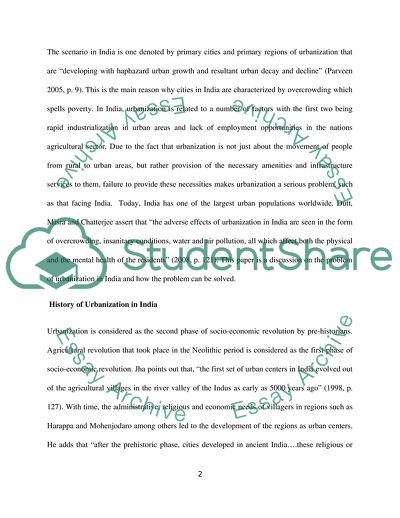Cite this document
(Urbanization Problem in India and Ways of Solving It Term Paper, n.d.)
Urbanization Problem in India and Ways of Solving It Term Paper. https://studentshare.org/geography/1827113-urbanization-problem-in-india-and-ways-of-solving-it
Urbanization Problem in India and Ways of Solving It Term Paper. https://studentshare.org/geography/1827113-urbanization-problem-in-india-and-ways-of-solving-it
(Urbanization Problem in India and Ways of Solving It Term Paper)
Urbanization Problem in India and Ways of Solving It Term Paper. https://studentshare.org/geography/1827113-urbanization-problem-in-india-and-ways-of-solving-it.
Urbanization Problem in India and Ways of Solving It Term Paper. https://studentshare.org/geography/1827113-urbanization-problem-in-india-and-ways-of-solving-it.
“Urbanization Problem in India and Ways of Solving It Term Paper”. https://studentshare.org/geography/1827113-urbanization-problem-in-india-and-ways-of-solving-it.


